A Complete Guide to Choosing the Best Barefoot Shoes for Plantar Fasciitis
Living with plantar fasciitis can feel like a constant battle with every step. The stabbing pain in your heel, the stiffness after rest, and the struggle to find shoes that don't make the situation worse—these are challenges that many face daily. But did you know barefoot shoes could be a game-changer for your feet? Let's explore how these innovative shoes can help you choose the perfect pair for plantar fasciitis relief.

What Exactly Is Plantar Fasciitis, and Why Does It Hurt So Much?
Plantar fasciitis is not just "a little foot pain." It's an inflammatory condition that affects the plantar fascia—a thick band of tissue that supports your arch and absorbs the shock as you move. When overused or strained, this band becomes irritated, leading to symptoms like:
- Sharp, stabbing pain in the heel, particularly in the morning.
- Tightness along the arch, especially after periods of rest.
- Persistent discomfort, worsened by prolonged standing or walking.
One podiatrist notes, "The plantar fascia is like a rubber band. If stretched too far, too fast, it snaps back, causing pain." Understanding this mechanism is key to finding relief.

Why Traditional Shoes Might Be Making Your Plantar Fasciitis Worse
We all appreciate the comfort of cushioned, thickly padded shoes, thinking they provide the ultimate support. However, in reality, they often restrict natural foot movement, acting like a silent poison that weakens foot muscles over time and contributes to the onset of plantar fasciitis.
Here are some common culprits:
- High-Heeled Shoes: These are among the worst offenders. Imagine your body constantly tilted forward—it's not only unnatural but also dangerous, as it puts excessive pressure on your heel and disrupts alignment.
- Rigid Soles: Shoes with stiff soles prevent the foot from bending and moving naturally. Picture trying to walk with wooden blocks strapped to your feet—there's no room for flexibility or comfort.
- Ill-Fitting Footwear: Tight shoes that compress your toes and throw off your alignment can wreak havoc on the plantar fascia, causing pain and long-term damage.
In contrast, barefoot shoes are designed to replicate the experience of walking as nature intended—free from artificial constraints. They may lack excessive cushioning, but they provide natural support, much like organic options for the feet. By promoting flexibility, strength, and proper alignment, barefoot shoes help address the root causes of plantar fasciitis rather than just masking the symptoms.

Top Benefits of Barefoot Shoes for Plantar Fasciitis Relief
Barefoot shoes are increasingly recommended for plantar fasciitis because they promote a natural gait and strengthen the foot. Here's how they can help:
1. Barefoot Shoes Strengthen Your Foot Muscles Naturally
Using barefoot shoes is like giving your feet a workout. They engage underutilized muscles in the arch, heel, and toes, improving overall strength and reducing the load on the plantar fascia.
As one user shared, "I was skeptical at first, but within weeks of switching to barefoot shoes, I noticed my pain easing. It's like my feet rediscovered how to work properly."
2. Promotes Better Weight Distribution for Long-Term Comfort
Barefoot shoes encourage even weight distribution across your feet. This eliminates the concentrated pressure on the heel, often the root cause of plantar fasciitis.
3. Encourages a Healthy Walking Style
Most traditional shoes force a heel-strike gait, which can aggravate heel pain. Barefoot shoes, with their zero-drop sole design, promote a midfoot or forefoot strike, reducing the jarring impact on the plantar fascia.
Reduces Dependence on Artificial Arch Support
People find relief from plantar fasciitis in different ways—what works for one person might not work for another. While orthotics can provide relief for some people, barefoot shoes take a different approach. They help your feet strengthen their natural arches gradually, encouraging natural muscle activity and proper alignment. Hence, Barefoot shoes can reduce the need for artificial aids, offering a more natural and lasting solution for healthier feet.

How to Pick the Perfect Pair of Barefoot Shoes for Plantar Fasciitis Relief
Not all barefoot shoes are created equal, especially when dealing with plantar fasciitis. The condition often flares up when unexpected pressure or impact affects the sensitive plantar fascia, so your barefoot shoes must be able to cushion sudden shocks while promoting natural movement.
Here's a guide to help you choose wisely:
Consider the Nature of Your Daily Activities
Start by evaluating your lifestyle. Are you a healthcare worker constantly on your feet, a professional athlete, or someone with a more sedentary routine? The nature of your activities will determine which type of barefoot shoes suits you best. For example, high-impact activities require shoes with additional shock absorption, while everyday walking requires flexibility and
comfort.
Look for Flexibility Without Compromising Support
Your barefoot shoes should allow natural foot movement while still providing adequate support to prevent further strain on the plantar fascia. Striking this balance helps your feet stay active and aligned without aggravating your condition.
Choose a Spacious Toe Box for Improved Balance
A wide toe box lets your toes spread naturally, crucial for maintaining balance and reducing pressure on the arch. The more room your toes have, the better your feet can "breathe" and adjust, supporting long-term relief from plantar fasciitis.
Opt for Lightweight and Breathable Materials
Comfort matters when you're wearing shoes for extended periods. Lightweight and breathable materials prevent overheating and help reduce fatigue, especially during long work shifts or casual walks.
Prioritize Thin, Responsive Soles for Ground Feedback
Barefoot shoes with thin, responsive soles enhance ground feedback, helping your feet adapt to different surfaces and balance pressure evenly. This feature can make a big difference in alleviating plantar fasciitis pain by preventing uneven strain. Shoes like the Kasdava Pro - Non-slip & Waterproof Winter Barefoot Shoes (Unisex) are a great example, offering both functionality and comfort.
Find the Perfect Blend of Style and Practicality
Who says supportive footwear can't look good? Modern barefoot shoes come in sleek designs that let you feel confident while enjoying their health benefits. Pick a pair that suits your personality and needs for work, sports, or casual outings.

Why This Matters for Plantar Fasciitis
Plantar fasciitis pain stems from overuse or improper support, which barefoot shoes can help address when chosen carefully. By supporting natural movement, encouraging proper alignment, and reducing unnecessary strain, the right barefoot shoes can significantly ease your symptoms while helping your feet regain strength.
Extra Tips to Manage Plantar Fasciitis Alongside Barefoot Shoes
- Stretch Regularly: Incorporate stretches like the calf or towel stretch to relieve tension in the plantar fascia.
- Avoid Overuse: Gradually transition to barefoot shoes to avoid overwhelming your feet.
- Stay Active: Low-impact activities like swimming or cycling can help maintain overall fitness without stressing your feet.

Conclusion: Take the First Step Toward Pain-Free Living
Switching to barefoot shoes could begin a new chapter for your feet. By embracing natural movement and strengthening your foot muscles, you can alleviate the pain of plantar fasciitis and rediscover the joy of walking. Take it slow, stay consistent, and let your feet adapt—you'll thank yourself with every step you take.
As the saying goes, "The journey of a thousand miles begins with a single step." Make that step a barefoot one!
FAQs About Barefoot Shoes for Plantar Fasciitis
1. What are barefoot shoes, and can they help with plantar fasciitis?
Barefoot shoes are designed to mimic the natural shape and movement of your feet, offering minimal cushioning and support. While they may help strengthen foot muscles and improve posture, they may not be suitable for everyone with plantar fasciitis, especially during active flare-ups. Consult a podiatrist before transitioning to barefoot shoes.
2. How do barefoot shoes work for foot pain relief?
Barefoot shoes encourage natural foot movement and can strengthen the foot's intrinsic muscles. Over time, this may reduce some types of foot pain, including plantar fasciitis. However, the benefits depend on proper usage and a gradual transition.
3. Are barefoot shoes good for people with flat feet and plantar fasciitis?
Barefoot shoes may help strengthen the arches over time, but for those with flat feet and plantar fasciitis, they might initially cause discomfort. Start slowly and consider adding insoles or arch support during the adjustment period.
4. Can barefoot shoes prevent plantar fasciitis?
Barefoot shoes can promote stronger feet and better alignment, which might lower the risk of plantar fasciitis. However, they aren’t a guaranteed preventive measure, especially if overuse or poor form persists in activities.
5. Do barefoot shoes have arch support for plantar fasciitis?
Most barefoot shoes lack traditional arch support as they aim to let the foot move naturally. This can be a challenge for people with plantar fasciitis who rely on extra support. Using removable insoles is an option.
6. How should I transition to barefoot shoes if I have plantar fasciitis?
Transitioning to barefoot shoes should be gradual. Start by wearing them for short periods and increase duration as your foot muscles adapt. Pair them with stretching and strengthening exercises for plantar fasciitis.
7. Are there specific barefoot shoe brands recommended for plantar fasciitis?
While no barefoot shoe is a one-size-fits-all solution, brands like Hike Footwear have models with added cushioning or removable insoles that may provide comfort for plantar fasciitis sufferers.
8. Do barefoot shoes help with heel pain caused by plantar fasciitis?
Some users find relief because barefoot shoes encourage a more natural stride and reduce heel-strike impact. However, they might aggravate the pain if used without proper preparation or during acute flare-ups.
9. Can I wear barefoot shoes for running with plantar fasciitis?
Running in barefoot shoes can be beneficial once your plantar fasciitis is under control and your feet are conditioned. Start with walking and slowly build up to running to avoid overloading your feet.
10. Are barefoot shoes comfortable for long walks with plantar fasciitis?
Barefoot shoes can be comfortable for long walks if your feet have adapted to them. During the adjustment phase, consider alternate footwear with more cushioning if the pain persists.
11. Do barefoot shoes reduce the need for orthotics?
Some people find that barefoot shoes strengthen their feet and reduce the need for orthotics. However, consult a professional before making changes if orthotics relieves your plantar fasciitis pain.
12. Can barefoot shoes worsen plantar fasciitis symptoms?
Improper or sudden use of barefoot shoes can worsen plantar fasciitis symptoms, especially if your feet are not strong enough for minimal footwear. A gradual approach and supportive exercises are essential.
13. How do barefoot shoes compare to traditional shoes for plantar fasciitis?
Traditional shoes often provide cushioning and arch support, which can alleviate symptoms. Barefoot shoes, on the other hand, focus on natural foot movement. The choice depends on personal preference and the severity of your condition.
14. What features should I look for in barefoot shoes for plantar fasciitis?
Look for features like a wide-toe box, zero-drop sole, and some cushioning or removable insoles. These can help you transition comfortably while addressing plantar fasciitis.
15. Are barefoot shoes suitable for daily wear if I have plantar fasciitis?
Daily wear is possible but depends on how well your feet adapt. Gradual use and combining barefoot shoes with targeted foot care can help make them a part of your routine.





























































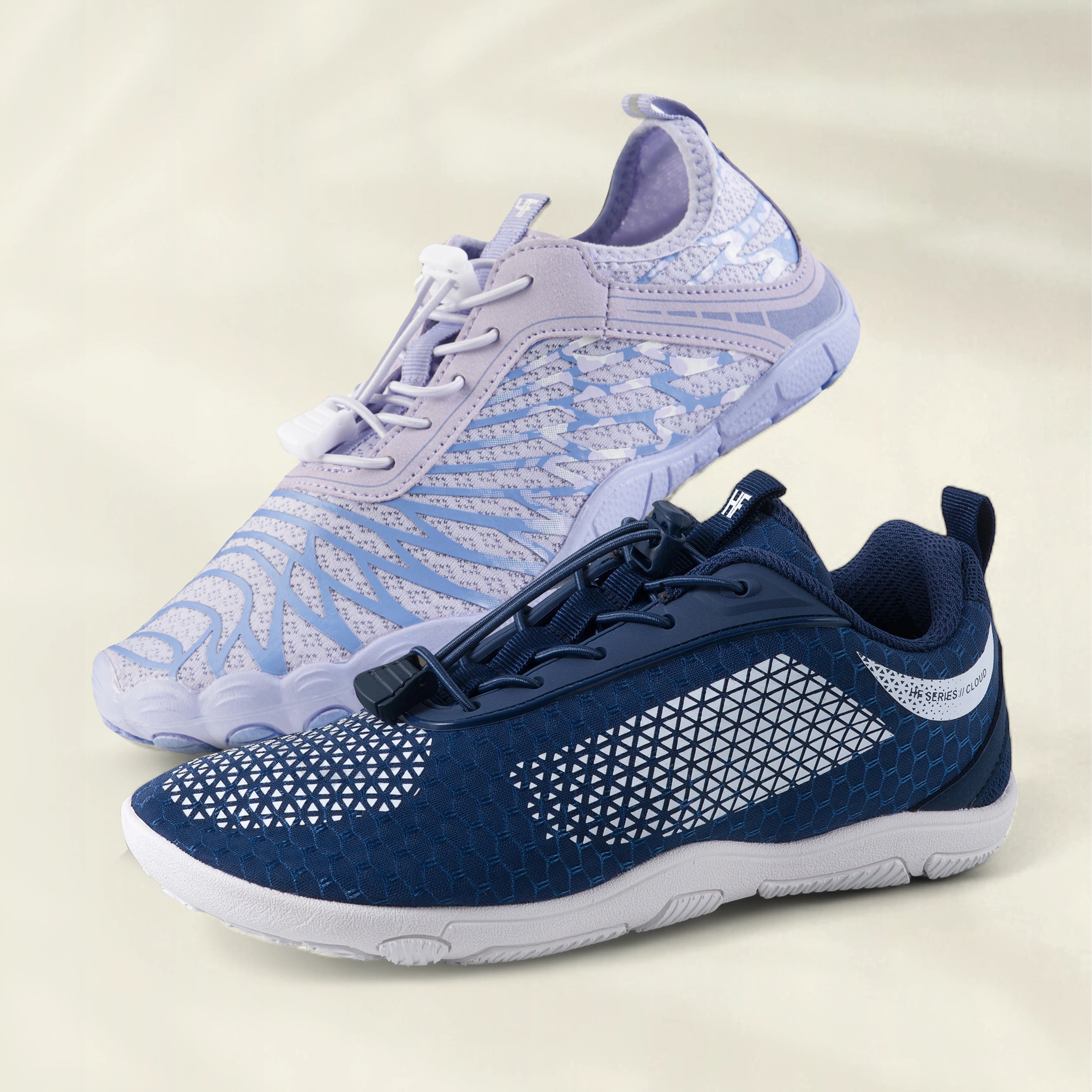
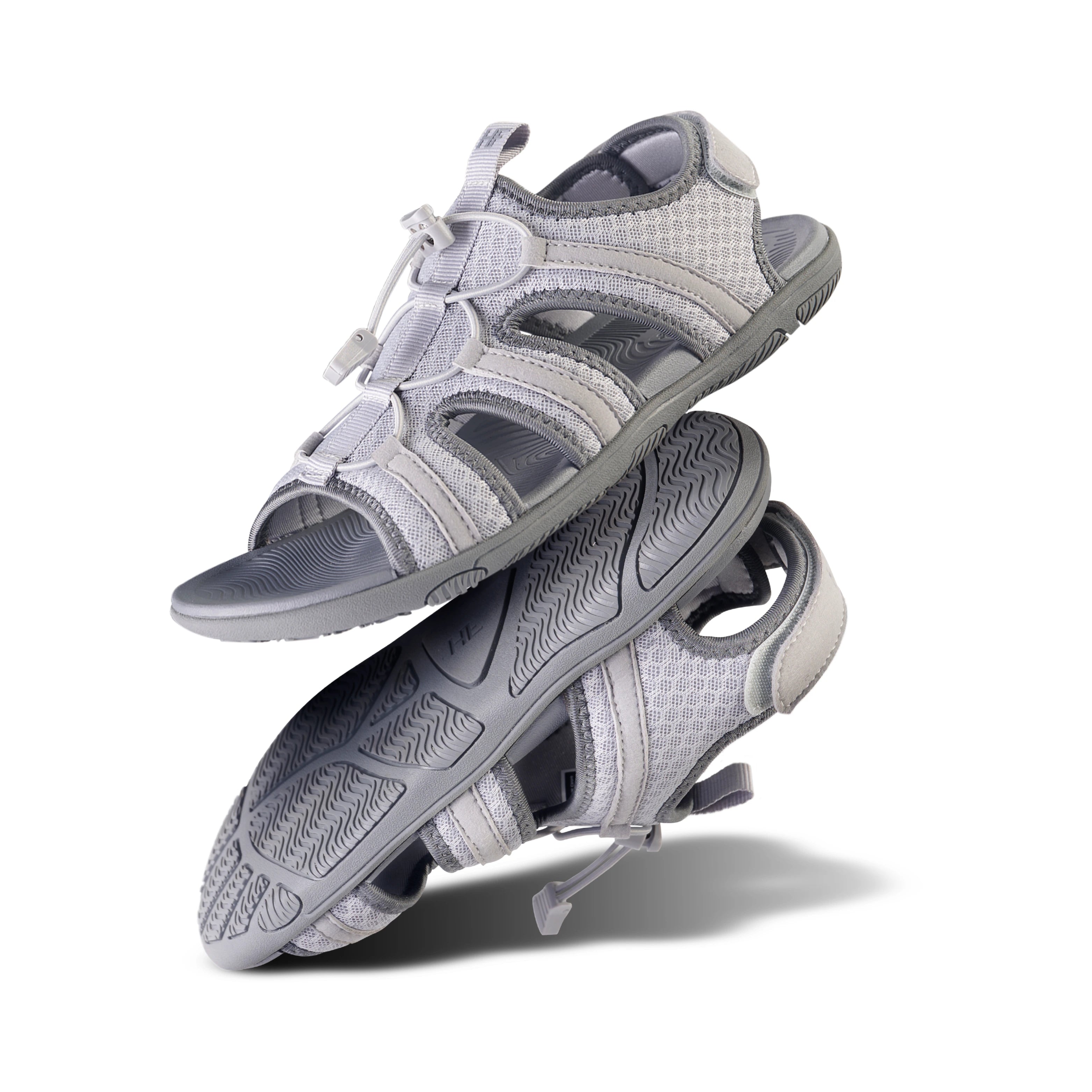
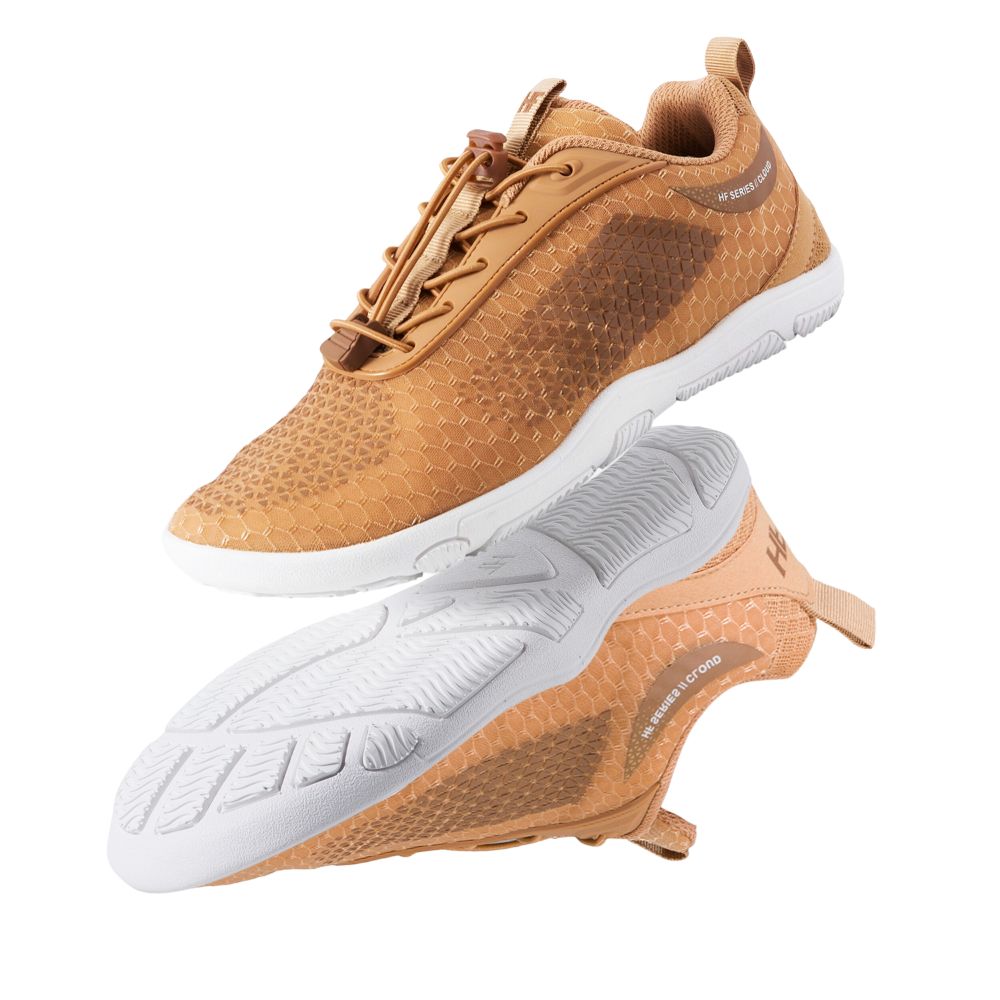
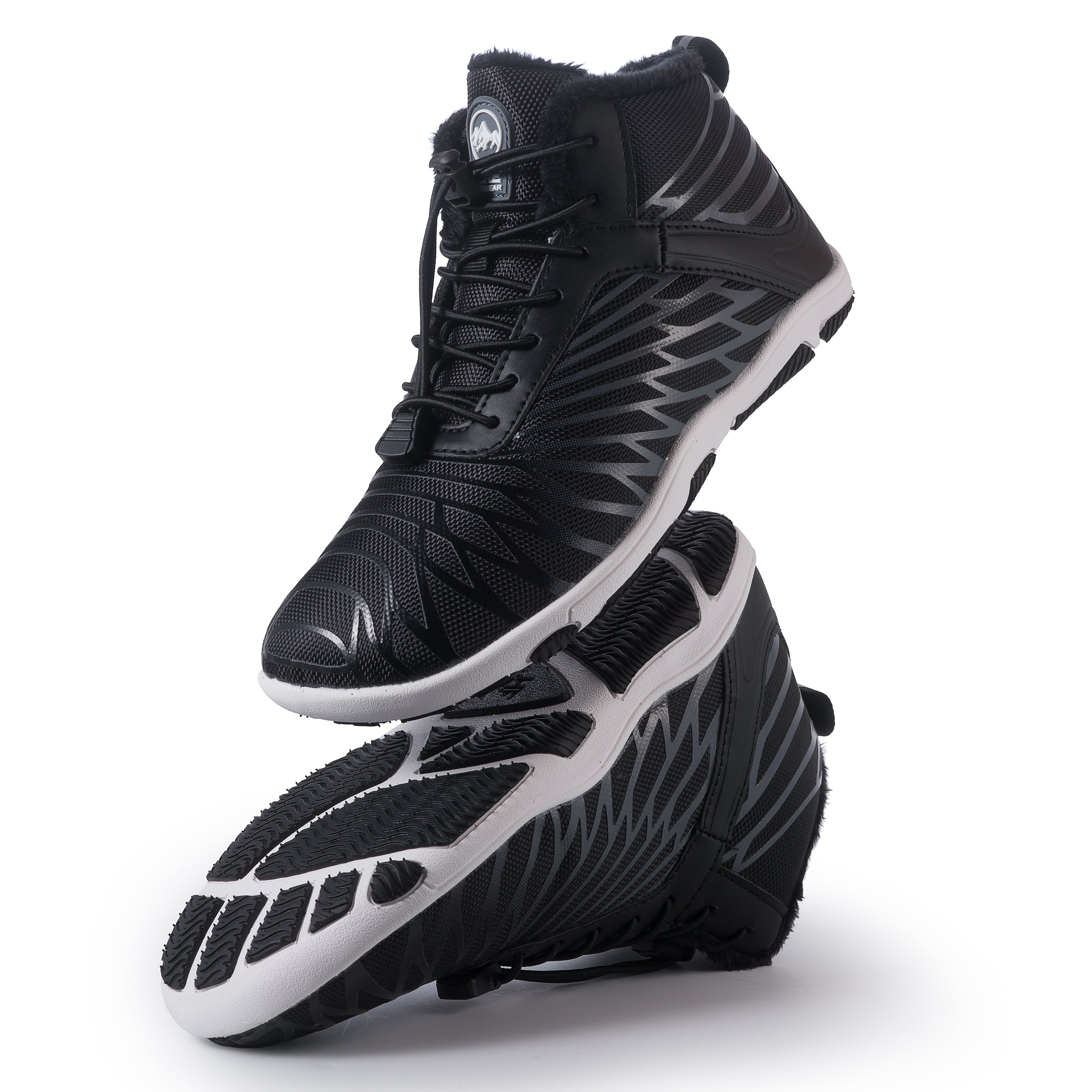
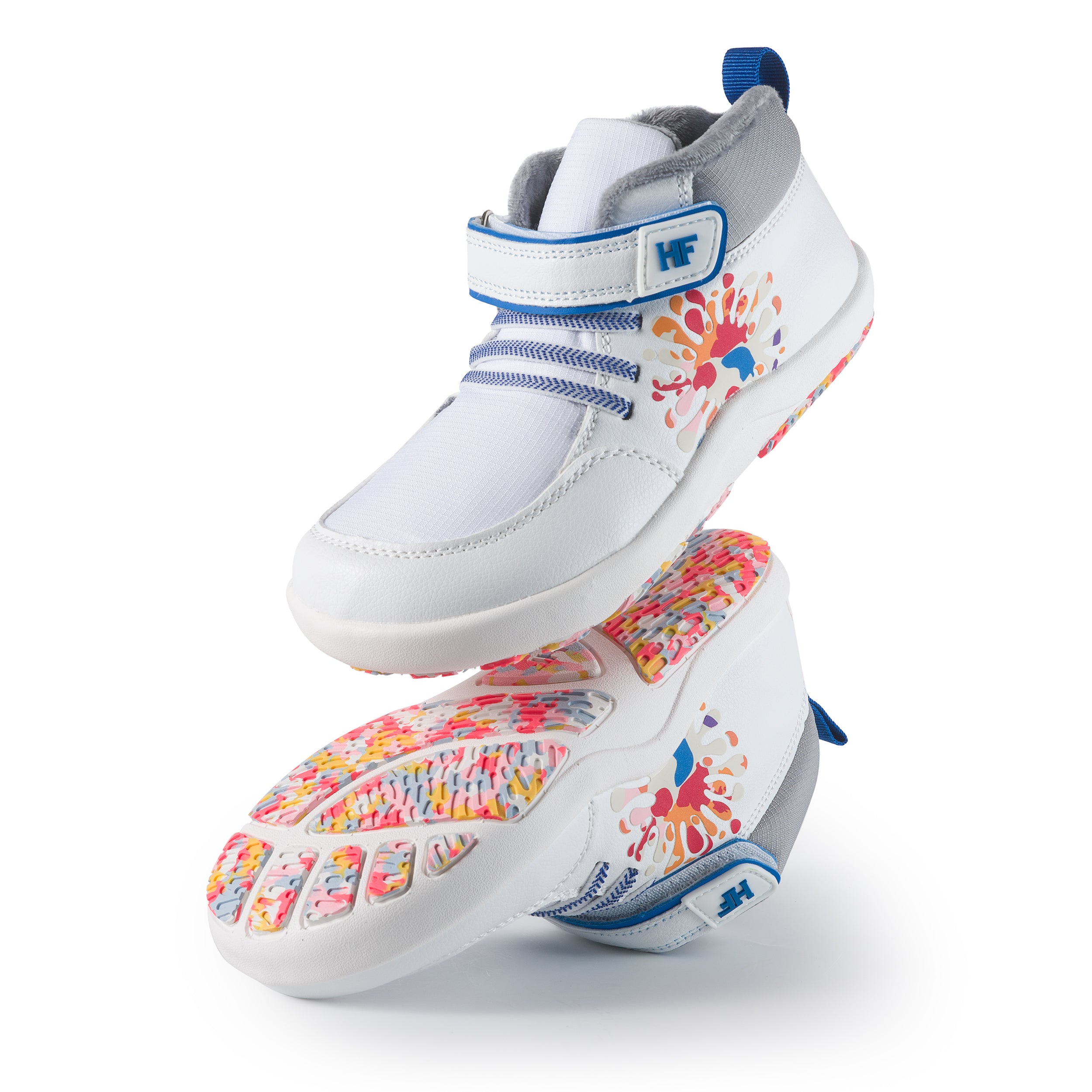

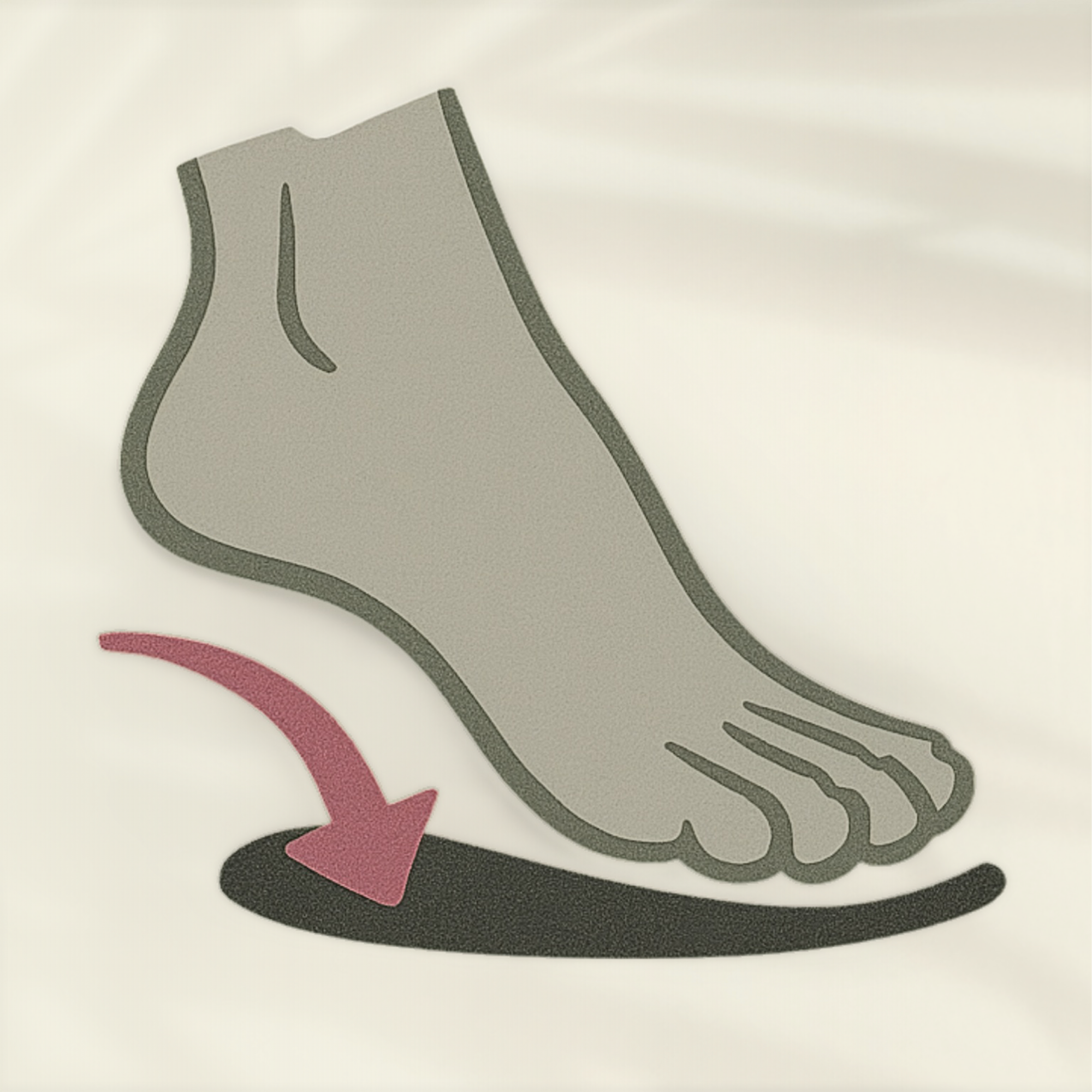


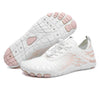
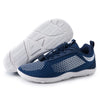
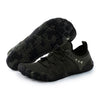
![[NEW] HF Shade - Barefoot Shoes for All-Day Comfort & Foot Pain Relief (Unisex)](http://hike-footwear.fr/cdn/shop/files/HF_Shade_Blue_100x.webp?v=1759134417)





